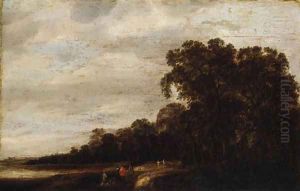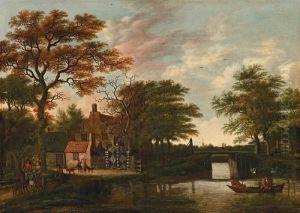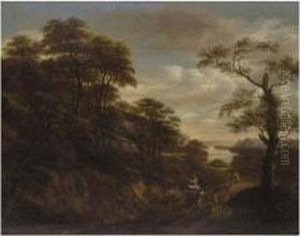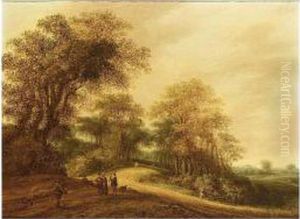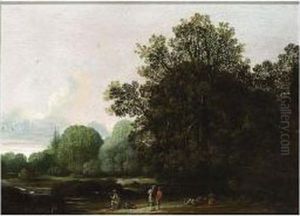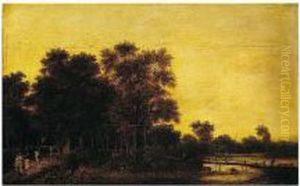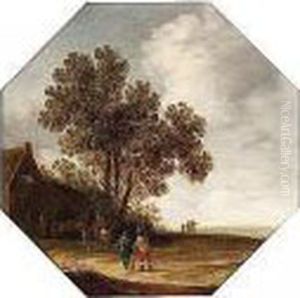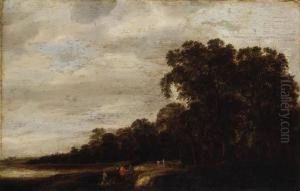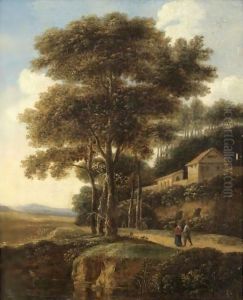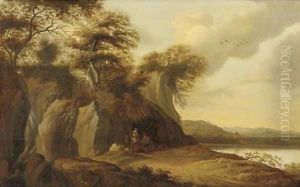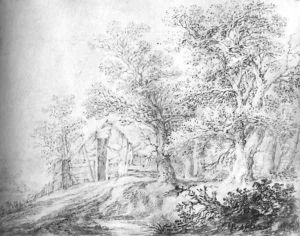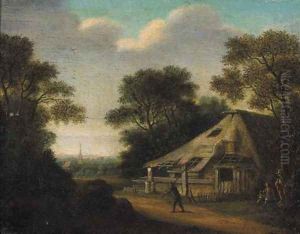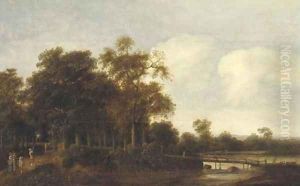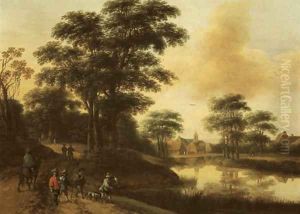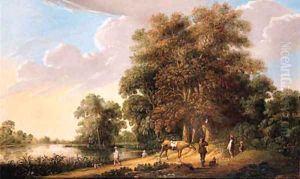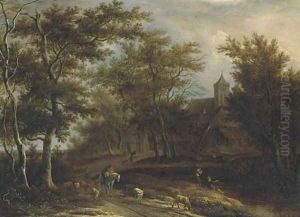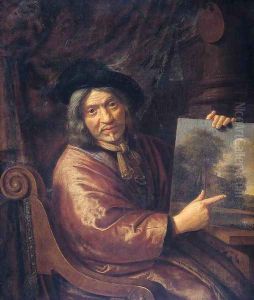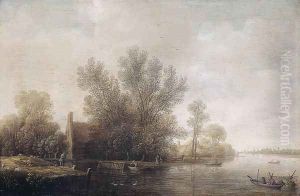Pieter Jansz. van Asch Paintings
Pieter Jansz. van Asch was a Dutch Golden Age painter known for his landscapes and still life paintings. Born in Delft, Netherlands, in 1603, van Asch came from a family of painters; his father, Jan van Asch, was also an artist. He was initially trained by his father and later became a student of the prominent painter Jan van Goyen, whose influence can be seen in van Asch's use of color and composition in his landscape paintings. During his career, van Asch developed a distinctive style characterized by serene and bucolic landscapes, often featuring rivers or country roads with travelers and animals. He worked predominantly in Delft throughout his life and was a contemporary of the famous Dutch artist Johannes Vermeer, although van Asch's work did not achieve the same level of recognition during his lifetime. His paintings often depicted the Dutch countryside in a naturalistic manner, with a muted color palette and attention to the effects of light and atmosphere. Pieter Jansz. van Asch's contribution to the Dutch Golden Age of painting is recognized by his ability to capture the tranquil beauty of the Netherlands' landscapes. Despite the overshadowing fame of some of his contemporaries, his works are now appreciated for their quiet charm and have found their place in various art collections around the world. Van Asch passed away in his hometown of Delft in 1678, leaving behind a legacy of serene and picturesque landscapes that continue to be admired by art enthusiasts and historians alike.
